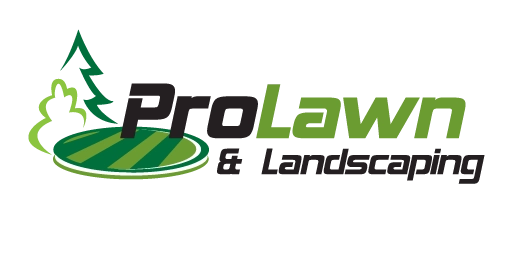Lawn Care
Mowing • Trimming • Leaf Removal • Spring and Fall Cleanups
Lawn mowing and trimming
Re-mulching
Shrubbery and ornamental tree trimming
Leaf removal
Spring and fall cleanups
Gallery
Quality Lawn Care and Maintenance
Spending time outdoors caring for your lawn can be enjoyable, but as pleasant as yard work may be, sometimes you have other responsibilities or hobbies you’d rather be doing. Or maybe…
FAQ
Is leaf removal necessary?
A thin layer of leaves chopped into small pieces by the mower supplies the soil with good “mulch”. If the leaf accumulation is too heavy, the leaves block out light and air. This causes the turf to become yellow and die out, requiring you to re-seed grass in the spring.
Watch out for grubs!
Beware of grubs, especially in July and August. The first sign of grubs shows up as brown, dead spots in your lawn. If you pull on the grass blades and the turf loosens and lifts like a carpet, you know there is a problem with grubs. If not treated, damaged areas will completely die out and need re-seeded in the fall.
Lawn Dethatching
What is lawn dethatching? Thatch, a buildup of living and dead stems, leaves, and roots, occurs between the soil surface and the green vegetation of your lawn. This layer of organic material does not decompose over time. A thin layer of thatch is healthy for your lawn because it helps retain moisture and increase wear tolerance.
However, when the thatch layer builds up to ½ inch or more in thickness, it will prevent air, light, and water from reaching the turf roots. As thatch becomes thicker, roots may grow into the thatch layer instead of the soil. This results in a weakened, poorly-rooted turf. Finally, thatch can be a breeding ground for harmful insects and disease organisms that destroy healthy grass.
Dethatching, the process of removing the excess thatch buildup from your lawn, is best done by professionals. It involves using professional power rakes that comb out just the right amount of dead material. This thatch is then collected and hauled away.
After dethatching, it is important to apply fertilizer and over-seed to help the turf return to a healthy state.
When Does Your Lawn Need Dethatching?
Dethatching should be performed when the thatch layer becomes over ½ inch thick. Depending on the type of grass and soil conditions, you may need dethatching services annually or once every few years.
Here are some signs that your lawn needs dethatching.
- Your grass has become very thin, but you cannot see the bare ground between the plants.
- Your grass is green on top but brown underneath.
- Your lawn looks dead or scalped after mowing.
Because dethatching can be tough on a lawn, it is best performed when your lawn will have adequate time and conditions to recover. Typically, we perform dethatching in early to mid- spring or early fall depending on the type of grass. It should not be done during times of drought or extreme hot weather as this can cause excess stress on the lawn.
What is lawn aeration?
Aeration is the process of mechanically removing soil plugs and small portions of thatch from a lawn. Lawn aeration reduces soil compaction and allows fertilizer to better reach the roots of your turf. It also improves the ability of roots to grow deep into the soil and expand
Removing soil plugs with lawn aeration is commonly accepted as the best way to improve air and gas exchange. It also allows for better water and fertilizer intake into your lawn. Overall, lawn aeration will stimulate root growth and create a healthier, stronger lawn.
After completing your lawn aeration, we over-seed your lawn. Grass seed sinks more easily into the ground after the lawn has been freshly aerated. This promotes new grass growth and develops a thick, lush turf. When seeding, we apply seed at a rate of 3 pounds per thousand square feet.
What are the benefits of lawn aeration?
- Reduces lawn maintenance by improving the air exchange between the soil and the atmosphere
- Increases soil microbe activity
- Increases water infiltration
- Improves fertilizer penetration into the root zone, stimulating stronger root development
- Reduces soil compaction.
- Improves turf thickness and overall health
- Promotes thatch breakdown, allowing new seed to reach deeper into the ground for better growth
Lawn aeration should be completed in either the spring or fall. The best time of year for your lawn aeration services will depend on the types of grass as well as several other soil factors and growing conditions.
At ProLawn and Landscaping, we complete most lawn aeration services in the fall between August and November. For most lawns, lawn aeration should be performed once a year or every other year as needed to keep your lawn beautiful.
If you are interested in lawn aeration services, contact us today! Our lawn care professionals will evaluate your lawn to help you determine when and how often you need lawn aeration services for your turf.
